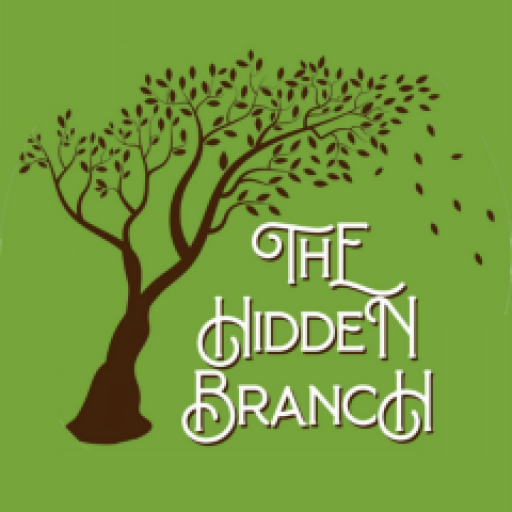Although I have only been doing genealogy for about two years, I have learned a lot about the subject in that time and feel somewhat confident in my knowledge of the field. So today, I would like to share a brand new way of thinking about how to structure your family history. I like to call it, “the flesh and bones of family history”. You may ask, “What do you mean by this?” Well, the way I envision genealogy, you are looking for two main things: statistical information about your ancestors and a lore or story to go with it.
I like to think of the statistical information that we gather in our genealogy endeavors (such as dates, locations, relationships, etc) as the “bones” of our research because it serves as the foundation. It’s what makes our research seem “rooted in fact” and puts our ancestors at a specific place and time in history. Without it, our genealogy will simply just be made up of semi-legendary stories that we could never prove.
On the other hand of the spectrum, the crazy family stories we come across and the lore of our genealogy, I like to think of as the “flesh” of our research because it’s what gives our ancestors character, uniqueness, a life story, and paints a vivid, exciting portrait of their lives. Without a lore or story to our ancestors, your genealogy would just be filled with an endless list of dates and names, which although can be interesting, is still a bit dry and rather boring, like a pile of bones.
To sum it up, my “flesh and bones” concept of genealogy is very similar to the idea of Yin and Yang in Chinese folklore, where you need two opposite things to make something whole. That is why you always need both the flesh and bones of genealogy.
